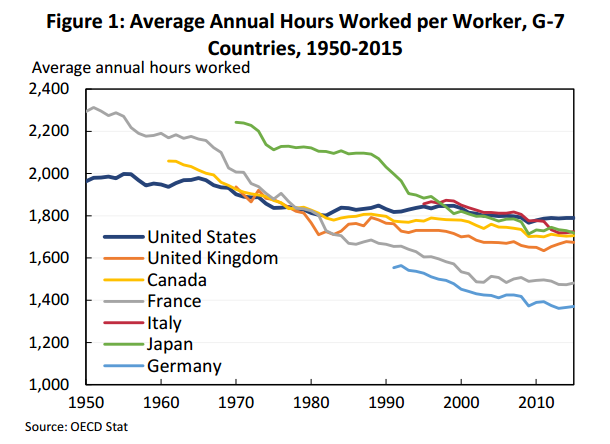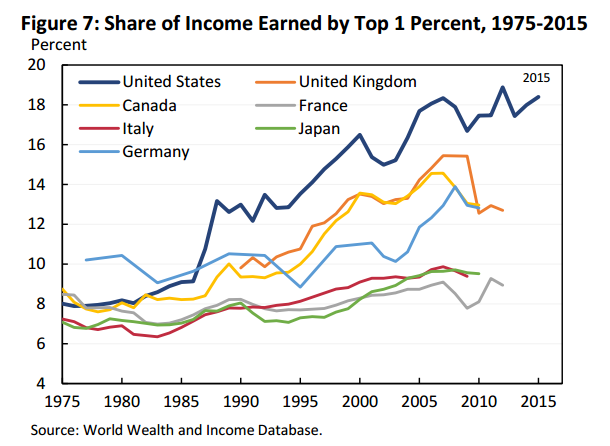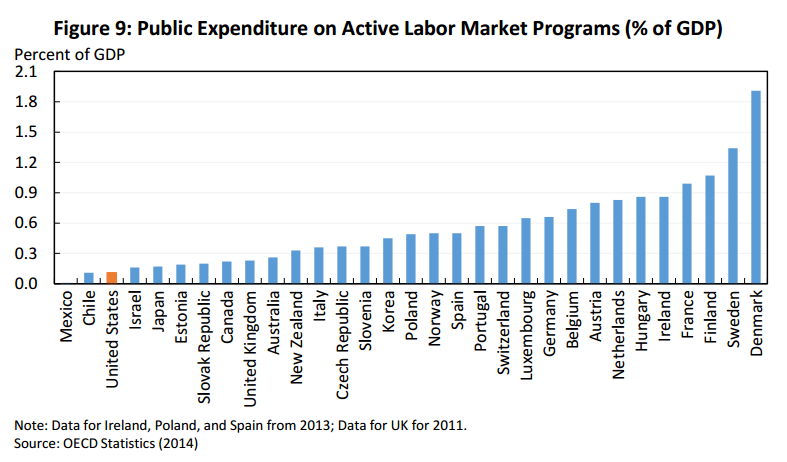
Jan. 2, 2017
By: Michael Feldman
As societies grapple with the initial deployments of artificial intelligence, governments are beginning to outline policy approaches to deal with the inevitable consequences – both positive and negative. In a report issued last month by President Obama’s executive office, the outgoing administration sets some broad public policy prescriptions on how the US government should respond to the disruption that AI is poised to bring to the economy.
The report begins by reviewing what has brought AI into the mainstream, namely the availability of big data that underpins much of AI training, the improvement of algorithms and approaches for machine learning, and the vastly improved capabilities of computers. It points to image recognition as one area that has made enormous strides over the last five years, noting that ID error rates over this time has decreased dramatically, from 26 percent to 3.5 percent. Such progress will enable the technology to be used in self-driving cars, medical diagnostics, and threat identification.
Although the report is careful about descending into hyperbole, it does make the case that AI-driven automation is likely to be transformative to the economy as intelligent applications replace human labor in sectors like transportation, healthcare, finance and defense. It also cites the World Economic Forum, which has characterized artificial intelligence as “the lynchpin to the Fourth Industrial Revolution.”
The report puts forth the argument that AI, like other industrial era technologies, will improve worker productivity. As the report notes, “technological progress is the main driver of growth of GDP per capita” – this despite the fact that productivity has leveled off in recent years, even as robotics, internet access, and mobile computing has taken off. Nevertheless, the authors maintain the long-term trend in the most developed countries is toward higher wages and fewer working hours.

An analysis by consulting firm Accenture states that AI could double economic growth in developed countries by 2035. That doesn’t guarantee the wealth created by that growth will be broadly shared, especially considering that the gap between the rich and poor appears to be growing wider. For example, the share of national income going to the top 0.01 percent of the US population is now as high or higher than it was in the 1920s.
More to the point, the exploitation of computer technology for commercial gain by a relatively small number of individuals is often pointed to as a prime driver for wealth inequality. Web-scale companies generating billions in profits can be run with as few as a dozen employees. Many fear that widespread deployment of AI will accelerate this trend significantly, putting millions of people out of work, while holding down the wages of those that manage to retain employment.

The report expresses some basic confidence about the resiliency of the workforce, noting that AI cannot replace human creativity, judgement, and other high-level cognitive functions that are used in jobs – at least not yet. The authors also point out that automation targets specific tasks rather than occupations. They cite an OECD report that estimates that only about 9 percent of jobs are at risk of being displaced in their entirety, and such displacement will take place over an extended period of time. However, a study based on the input of a panel of AI expert concludes that 47 percent of US jobs are at risk over the next decade or two. Such a scenario suggests AI will drive a major realignment of the economy.
One area where many believe such a realignment will come to pass is the transportation sector, specifically in the displacement of human drivers with autonomous vehicle (AV) technology. A case study discussed in the report estimates that 2.2 to 3.1 million drivers in the US could be threatened by AV, although others have estimated that number could be more like 4 to 5 million. In general, the report’s authors believe that workers who currently spend most of their time doing routine jobs will be the ones most threatened by AI displacement in the near-term. Those with higher-level skills doing non-routine cognitive tasks will fare much better, they say.
One of the driving themes of the report is that AI will have a net positive effect on society – safer, more convenient transportation; better, less expensive health care; less menial factory work, etc. But, as mentioned above, there is nothing to guarantee those benefits will be shared equitably. As the report states:
“Technology is not destiny; economic incentives and public policy can play a significant role in shaping the direction and effects of technological change. Given appropriate attention and the right policy and institutional responses, advanced automation can be compatible with productivity, high levels of employment, and more broadly shared prosperity.”
The report makes three broad recommendations:
- Invest in and develop AI for its many benefits. The rationale here is that the US government can allocate R&D money for AI to help the country maintain a technological edge in the field. This is a pretty standard government line for any emerging technology that promises to underpin critical parts of the economy. However, given the scope of commercial investment in this field that is taking place organically, one wonders what role the government really has here other than to insure the country’s cyberinfrastructure is well-maintained and broadly available to businesses and individuals.
- Educate and train Americas for jobs for the future. This certainly makes sense, given how fast AI is expected to displace workers and how haphazardly the business community performs this task. As it turns out, the US is particularly poor at these types of investments, spending just 0.1 percent of GDP on training and other labor market programs. That’s less than half of what it spent 30 years ago and just a fraction of what most European countries currently spend. The authors propose to increase funding for job training by six-fold, which would match what Germany invests in this area. They also propose to expand STEM (Science, Technology, Engineering, Mathematics) coursework at every educations level, especially in computer science, since these areas are especially relevant for a workforce driven by AI.
- Aid workers in the transition and empower workers to ensure broadly shared growth. The idea here is to strengthen the social safety net – unemployment insurance, healthcare support, and other assistance programs – to lessen the effects of large-scale job disruptions. The report also recommends increasing worker bargaining power and wage protection, as well as reducing geographical barriers to work as additional measures. The report stops short of recommending a universal basic income (UBI), which would provide a baseline standard of living in economies that may no longer be able to employ large swathes of its workers. The report actually includes a commentary why UBI may actually be counterproductive, although President Obama himself seems at least open to the idea.

The report was published barely a month before the incoming Trump administration and the new Republican-controlled Congress will take power, which probably means most of the recommendations will fall by the wayside. Given the smaller government bent of Trump and the Republicans, any AI-driven policymaking will most likely follow a business-friendly, rather than labor-friendly approach. Time will tell.
